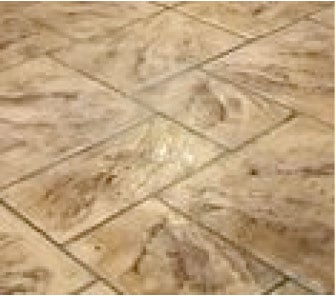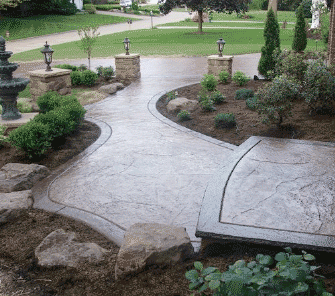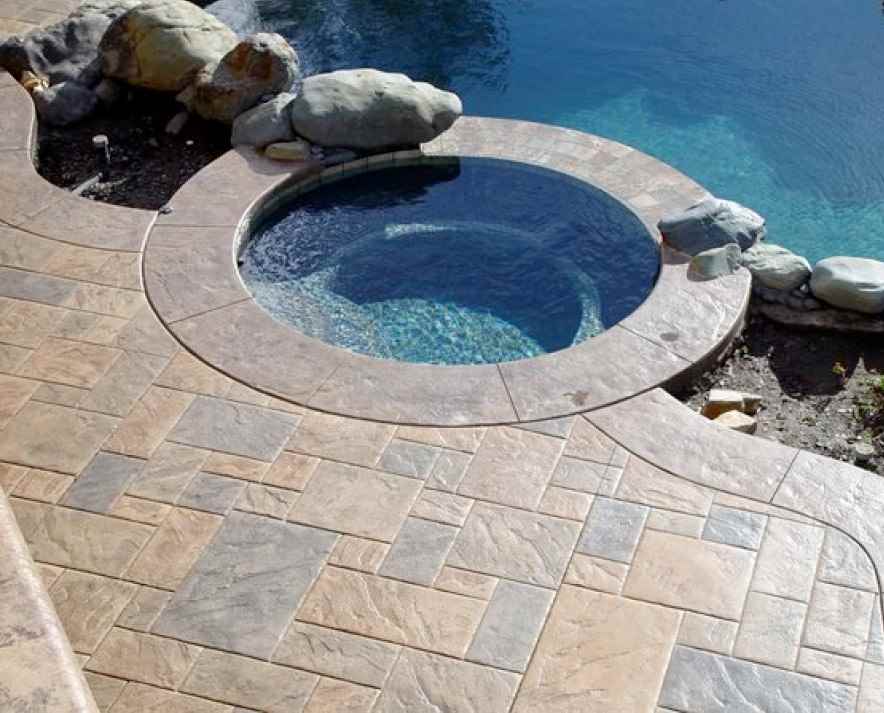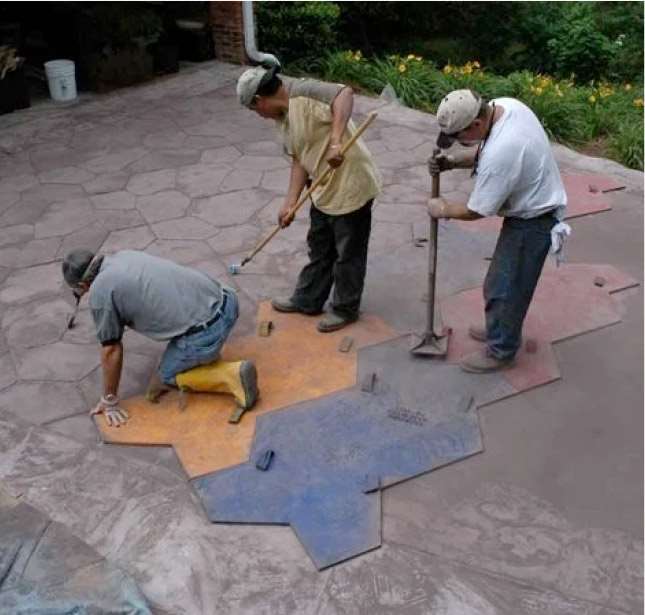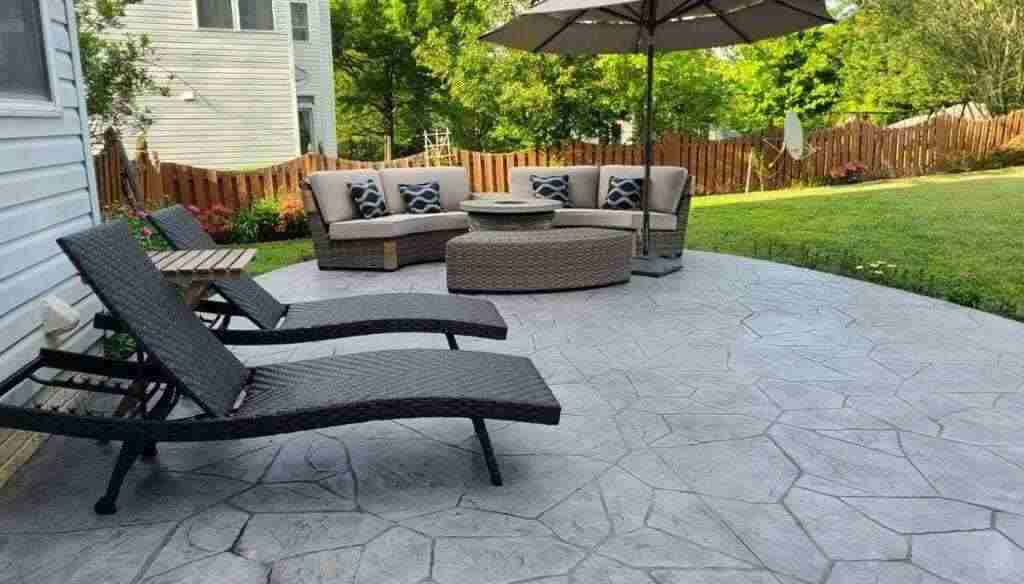
Aldie, VA
Stamped concrete is a decorative technique where patterns and textures that mimic brick, stone, tile or wood are imprinted into the concrete surface. Stamping provides a versatile and affordable paving option that doesn't require much maintenance.
Find stamped concrete contractors near me.
Popular Resources
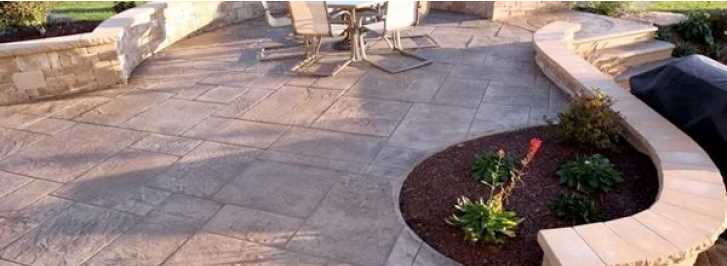
Stamped Concrete Pictures
Browse hundreds of pictures of stamped concrete patios, pool decks and more in our photo
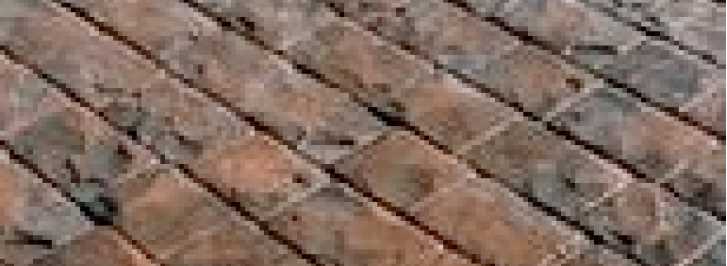
Stamped Concrete Patterns
Discover the most popular patterns for stamping concrete including cobblestone, slate and more.
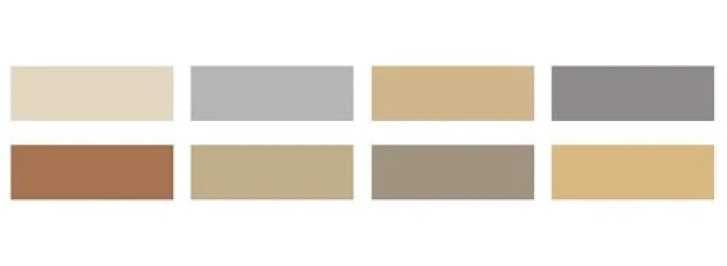
Stamped Concrete Colors
Learn how stamped concrete is colored and see what color options are available.

Concrete Design Videos
Learn how stamped concrete is colored and see what color options are available.
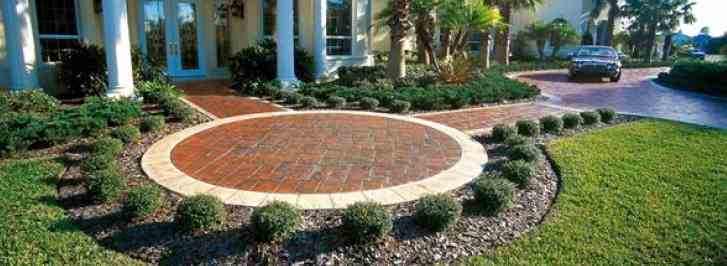
Stamped Concrete Cost
Learn how stamped concrete is colored and see what color options are available.
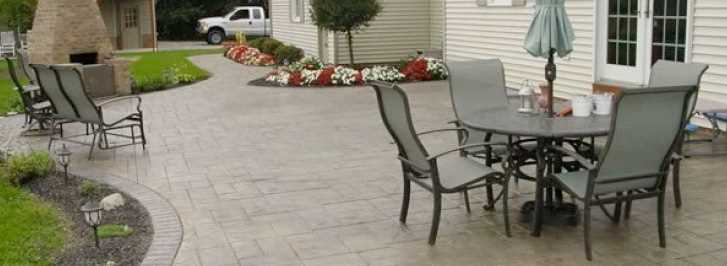
Stamped Patios
Learn how stamped concrete is colored and see what color options are available.
Because of its superior durability and weather resistance, colored and stamped concrete is the perfect choice to bring the high-end look of stone, brick, or wood to patios, pool decks, driveways, walkways and courtyards.
Check these out for ideas, design tips and examples:
